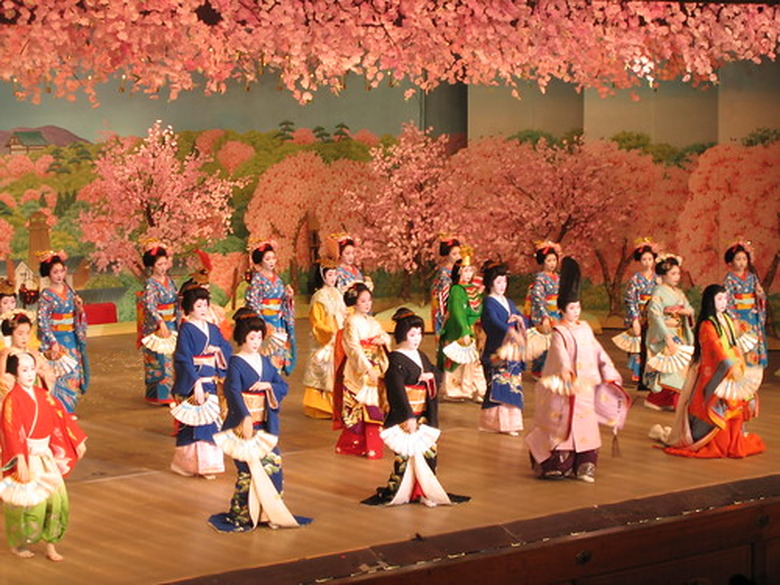Katsura Tree Facts
Katsura tree is an easy-to-care-for, large, deciduous tree. It grows in U.S. hardiness zones 4 to 8. Katsura trees originated in Japan and China. Two varieties of katsura trees exist: the standard (Cercidiphyllum japonicum) tall trees with full canopies, and weeping katsura trees (Cercidiphyllum japonicum 'Pendula') with long, loose branches. Katsura trees are propagated through seed germination.
History
Fossil records indicate that the katsura tree has existed for 1.8 million years. Until the Pleistocene Era, it grew across North America and Europe. It became extinct in these areas after the Ice Age. Katsura was introduced in 1865 by Thomas Hogg, who sent seeds from Japan to his brother for propagation in the family's nursery in New York. E.H. "China" Wilson discovered katsura trees growing in China's Szechwan Province in 1907.
- Katsura tree is an easy-to-care-for, large, deciduous tree.
- Fossil records indicate that the katsura tree has existed for 1.8 million years.
Geography
Katsura trees are cultivated in Japan and south central China. They are grown in United States in New York, Massachusetts, Pennsylvania and Ohio. Katsura must grow in moist, temperate climates with well drained soil. They do not tolerate regions that are subject to frequent droughts and extreme high temperatures.
Identification
Katsura trees have 2- to 4-inch, dark green, heart-shaped leaves. Typically katsura has multiple trunks, though they can be pruned early in their development to grow on a single trunk. The bark is light brown with a rough texture. Branches are thick and straight on standard trees, growing in a pyramidal shape. Weeping katsura tree branches are long and hang loosely, similar to a weeping willow. Small flowers bloom in March and April before the leaves; they have no ornamental value because they lack petals. If both male and female trees are present, small banana-shaped pods appear. Katsura trees grow to a height of 40 feet in the United States. In the south central region of China they grow over 100 feet tall.
- Katsura trees are cultivated in Japan and south central China.
- Katsura trees have 2- to 4-inch, dark green, heart-shaped leaves.
Care and planting
Plant katsura trees in the spring in well-drained, slightly acidic soil. Katsura trees will tolerate partial shade/sun but prefer a full sun location. Prune young trees to promote the growth of a single. Apply mulch around the base of the tree to hold in moisture. Fertilize in the spring and fall with a water-soluble fertilizer. Katsura trees are disease-resistant and pest-free.
Uses
In the U.S. katsura trees are used as ornamental trees in landscaping. Mature trees provide shade and privacy. Japan and China grow katsura trees for their soft white wood, often used in cabinetry and paneling.
- Plant katsura trees in the spring in well-drained, slightly acidic soil.
- In the U.S. katsura trees are used as ornamental trees in landscaping.
